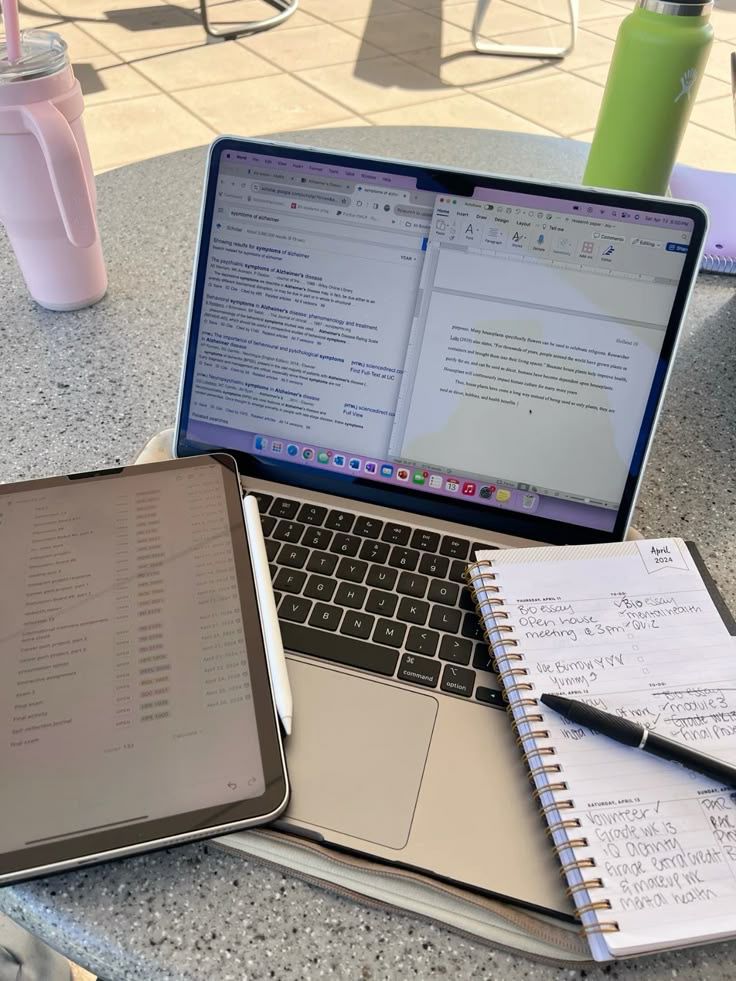
🔹 Name: Mr. Adeolu A.
🔹 Age: 68 years
🔹 Diagnosis: Ischemic Stroke with Dysphagia (Difficulty Swallowing)
🔹 Medical History: Hypertension, Type 2 Diabetes
🔹 Current Status: Admitted to a teaching hospital’s Intensive Care Unit (ICU)
🔹 Primary Concern: Unable to eat or drink safely due to swallowing impairment
The Clinical Nutrition Team (dietitian, doctor, speech therapist, and nurse) conducted an assessment:
✅ Weight & BMI: 72kg, BMI 26.5 kg/m² (mild overweight)
✅ Muscle Wasting: Mild loss of muscle mass (sarcopenia risk)
✅ Swallowing Ability: Evaluated by a speech therapist – risk of aspiration (food entering the lungs)
✅ Energy & Protein Needs: Estimated 1,800-2,000 kcal/day and 75-90g protein/day
✅ Blood Sugar Control: Blood glucose fluctuating between 150-250 mg/dL (diabetes management required)
Due to the high risk of aspiration, a Nasogastric (NG) Tube was inserted for safe feeding.
Feeding Plan:
📌 Enteral Formula: Diabetes-specific high-protein formula (low glycemic index, fiber-rich)
📌 Feeding Method: Continuous feeding via a feeding pump (to prevent glucose spikes)
📌 Rate & Volume: 250ml every 4 hours, gradually increased
📌 Additional Supplements:
Over the next two weeks, the clinical team monitored:
🔍 Blood Glucose: Adjusted formula concentration to prevent hyperglycemia
🔍 Electrolytes & Hydration: Ensured fluid balance to prevent dehydration
🔍 Gastrointestinal Tolerance: Monitored for diarrhoea, bloating, or nausea
🔍 Muscle Mass & Recovery: Ensured adequate protein intake
💡 Adjustments Made:
✅ Reduced carbohydrate intake to improve blood sugar control
✅ Increased protein intake to 85g/day to prevent muscle loss
✅ Introduced a blended homemade tube feed option when tolerated
After 3 weeks of enteral feeding, the speech therapist reassessed swallowing ability and started:
✔ Pureed Diet Trials (Supervised feeding, thickened liquids)
✔ Gradual Weaning from Tube Feeds
✔ Hydration & Protein Drinks to supplement oral intake
After 6 weeks, the NG tube was removed, and Mr Adeolu continued a modified soft diet at home. 🎉
✅ Successful Weight Maintenance – No severe weight loss during hospitalization
✅ Controlled Blood Sugar – Stabilized within 110-180 mg/dL range
✅ No Major Complications – No aspiration pneumonia or severe GI issues
✅ Improved Muscle Strength – Able to sit upright & attempt oral feeding
✅ Positive Patient & Family Feedback – His wife learned to prepare nutrient-rich blended meals at home
💡 Key Takeaways for Nutritionists:
🔹 Always individualize enteral nutrition plans (based on energy needs, medical conditions, and GI tolerance)
🔹 Monitor glucose control in diabetic patients on tube feeds
🔹 Collaborate with speech therapists & doctors for a safe transition to oral feeding
🔹 Educate caregivers on home enteral feeding and post-discharge nutrition
Managing enteral nutrition requires precision, collaboration, and patient-centered care. Nutritionists and dietitians play a key role in ensuring proper nutrition for recovery, preventing complications, and improving quality of life.
Have you worked with enteral feeding patients before? What challenges did you face?
